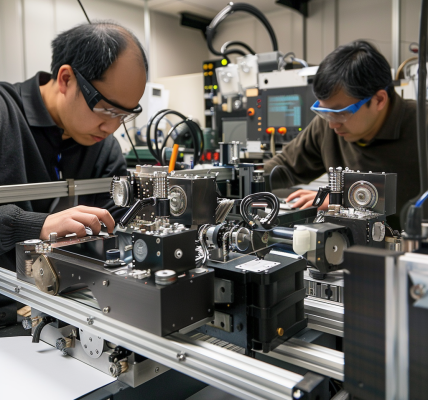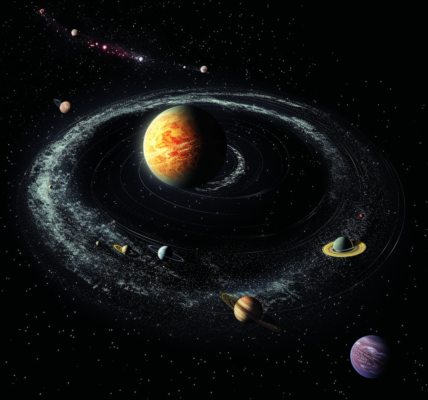United Launch Alliance (ULA) is making strides in its space endeavors as it prepares for the second test flight of its Vulcan Centaur rocket. The upcoming mission, designated Cert-2, is set to launch on October 4, 2024, from Cape Canaveral, marking a significant step in ULA’s plans for increased launch activity in the coming year.
As of October 2, ULA confirmed that it is in the final stages of preparation for the Cert-2 launch, which will occur during a three-hour window starting at 6 a.m. Eastern Time. The company successfully completed a critical fueling test and a practice countdown, known as a wet dress rehearsal, at the launch pad on October 1. Tory Bruno, ULA’s CEO, expressed confidence in the preparations, stating, “It went very, very well and per plan. We’re on track.” This positive feedback indicates that ULA is moving forward smoothly as it gears up for the launch.
The Cert-2 mission follows the inaugural flight of the Vulcan Centaur, which took place in January and was referred to as Cert-1. During that mission, ULA successfully launched Astrobotic’s Peregrine lander towards the Moon. For Cert-2, ULA will be carrying a mass simulator of the Peregrine lander, as Sierra Space announced in June that its Dream Chaser spaceplane would not be ready for a fall launch.
Bruno elaborated on the primary objective of the Cert-2 mission, stating, “It literally has one primary objective, which is to go fly a second time and have another success.” Achieving this goal is crucial for ULA, as it would allow the U.S. Space Force to certify the Vulcan Centaur rocket for national security missions. ULA aims to conduct two such missions, designated USSF-106 and USSF-87, before the end of the year.
However, it’s important to note that a successful launch does not guarantee immediate certification of the rocket. Brig. Gen. Kristin Panzenhagen, the program executive officer for assured access to space at the U.S. Space Force, indicated last month that the service will require additional time to analyze the data from Cert-2 before granting formal certification. Bruno mentioned that ULA will conduct its own analysis of the flight data before submitting it to the Space Force for further evaluation. He noted, “If the mission is very clean, like the Cert-1 mission, that goes pretty quickly. That will be done in weeks, not months.” While Bruno did not specify the timeframe for the Space Force’s certification process, he anticipated it would take “a short number of weeks.”
The timeline for the certification process is crucial as ULA prepares for its upcoming national security missions. If all goes according to plan, the Vulcan Centaur rocket could play a pivotal role in supporting the U.S. Space Force’s objectives.
As the space industry continues to evolve, ULA’s commitment to innovation and reliability will be essential in maintaining its competitive edge. The successful launch of Cert-2 not only holds significance for ULA but also for the broader landscape of space exploration and national security.
In summary, ULA is poised for a significant milestone with the Cert-2 launch of the Vulcan Centaur rocket. With meticulous preparations underway and a focus on achieving a successful mission, ULA aims to solidify its position as a key player in the burgeoning space sector.





